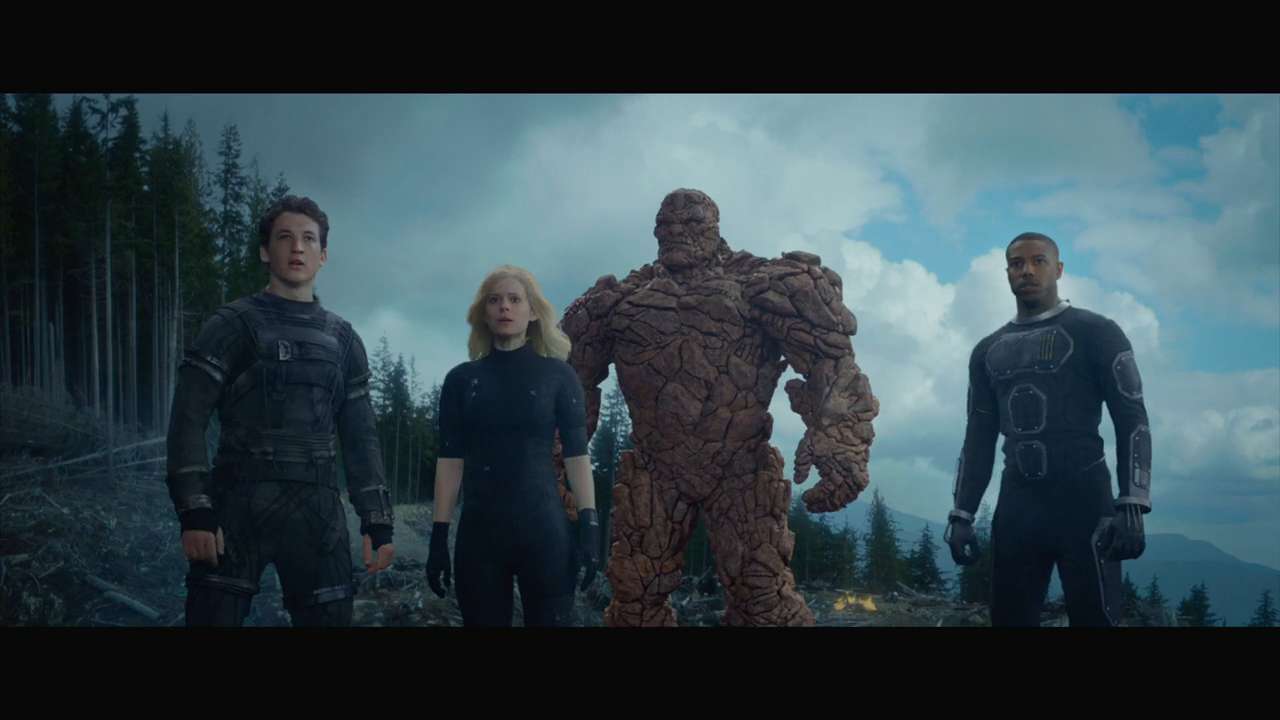New 'Fantastic Four' is clobberingly real

It’s clobberin’ time for a new Fantastic Four.
Marvel Comics’ first family of superheroes is getting a reboot courtesy of director Josh Trank (Chronicle). And its realism was what won over longtime Fantastic Four fan Simon Kinberg, a producer and writer on the film The Fantastic Four (in theaters Friday).
The movie takes a group of explorers into an alternate dimension that gives them extraordinary powers. It’s a familiar tale for those who have been reading the Fantastic Four comics since their debut in 1961 or saw the two movies in the 2000s.
This superhero story, though — with Miles Teller as super-stretchy Reed Richards, Kate Mara as invisible woman Sue Storm, Michael B. Jordan as human torch Johnny Storm and Jamie Bell as monstrous juggernaut The Thing, he of the "clobberin' time" catchphrase — is more grounded than any before, Kinberg says.
And it ripples through every aspect, from the relatable characters to the real-world science to the potentially life-shattering effect of having insane abilities. One day these are ordinary youngsters, and the next day they’re catching on fire or turning into a massive rock creature.
“There’s gravity to the movie that will surprise people,” Kinberg says. “This thing happens to them, their bodies transform, and it is scary. In many ways, it does as much damage to their life as it ultimately does good.
“I felt like I’ve never seen a movie where you really deal with your body in a David Cronenberg way, where you’re losing control of it.”
Kinberg was a big X-Men fan when he was growing up — he’s also a producer on Bryan Singer’s popular mutant movies — but he says the Fantastic Four was one of his first loves because they were a little surrogate group "having some of the conflict that I experienced in my normal family. They were The Incredibles before we had The Incredibles.”
The Fantastic Four doubles as a coming-of-age movie, too, because of the age of the heroes. This quartet is in their late teens and early 20s — skewing younger than the original group from the 1960s — because the filmmakers wanted this life-altering drama to happen at a formative period.
“It’s the time in your life where you really become independent for the first time,” Kinberg says. “We felt like that was the natural dramatic place to put it in since it’s an origin story as well.
“You see them go from a pretty disparate group to the beginnings of the Fantastic Four by the end of the film.”